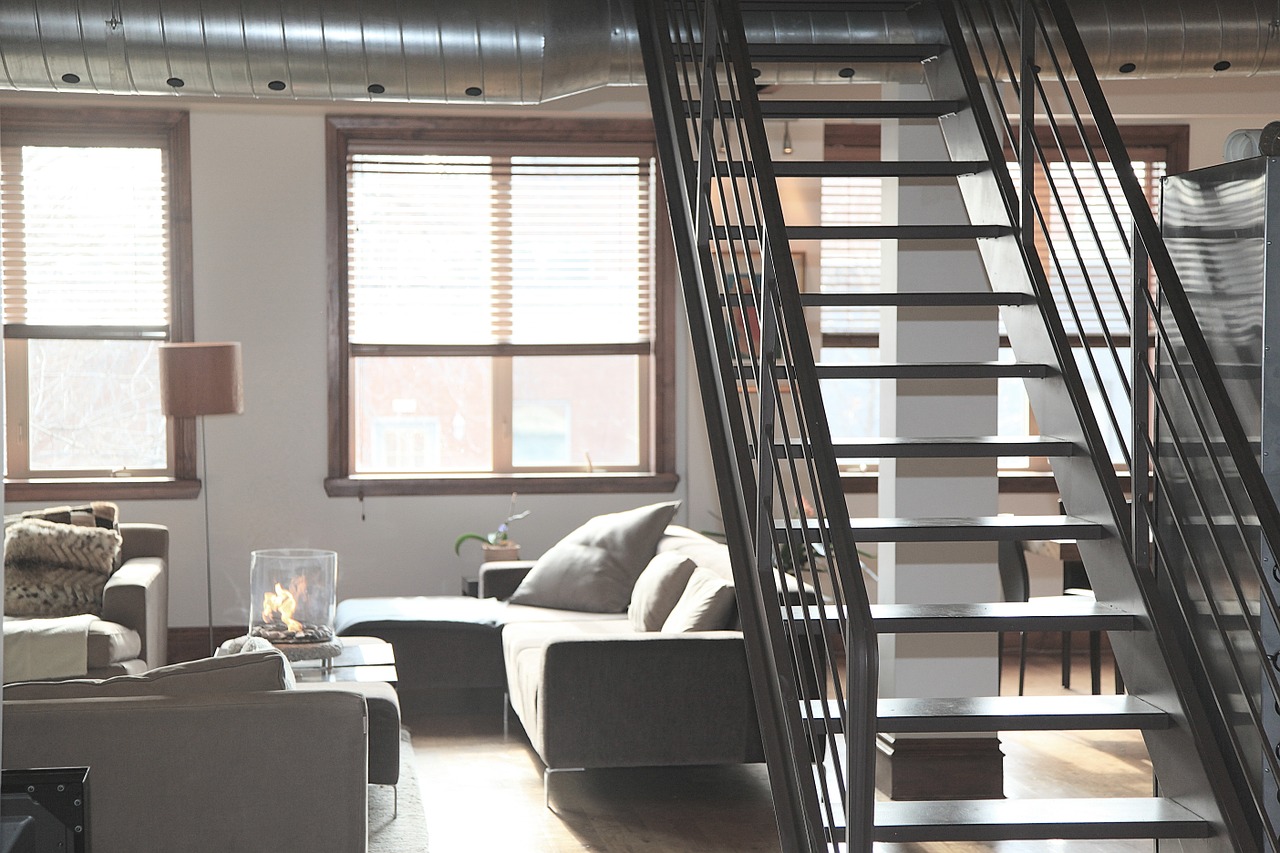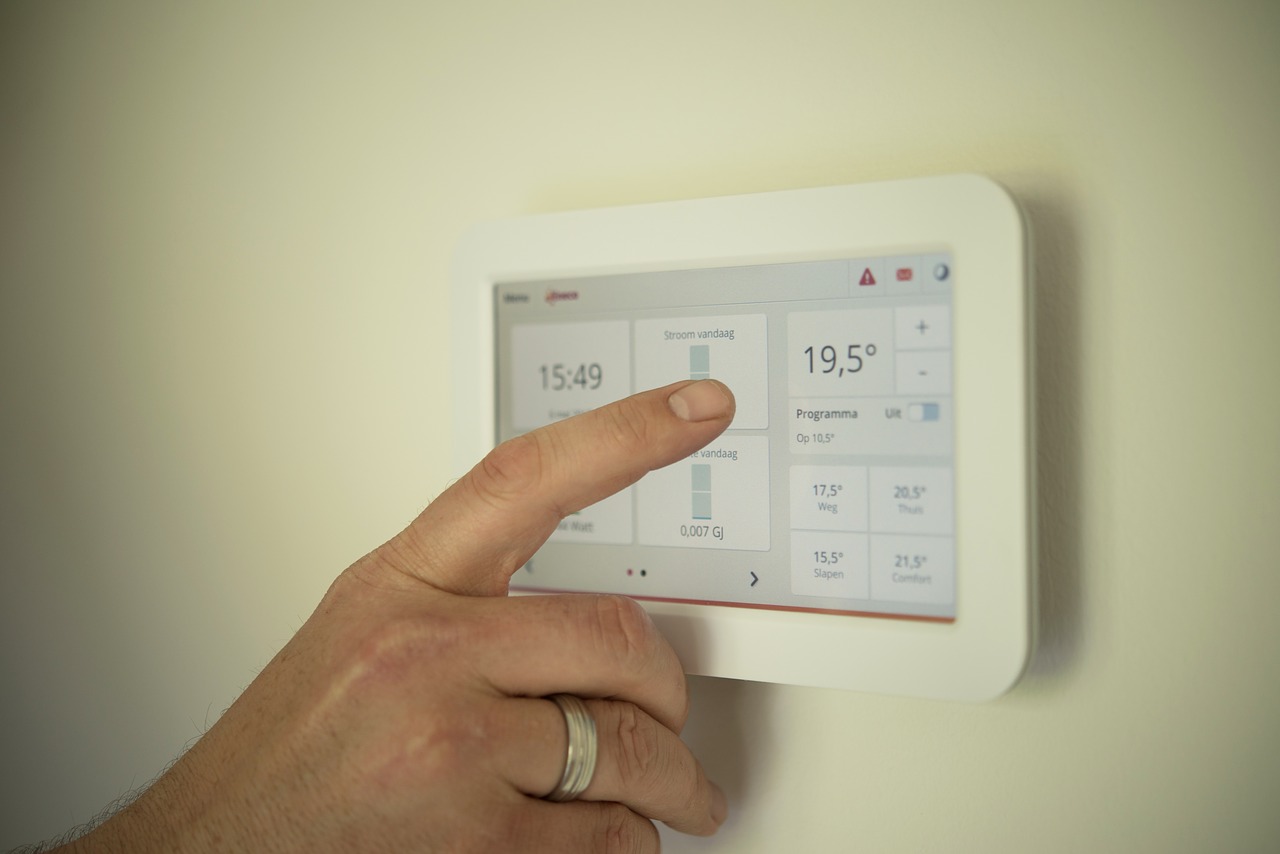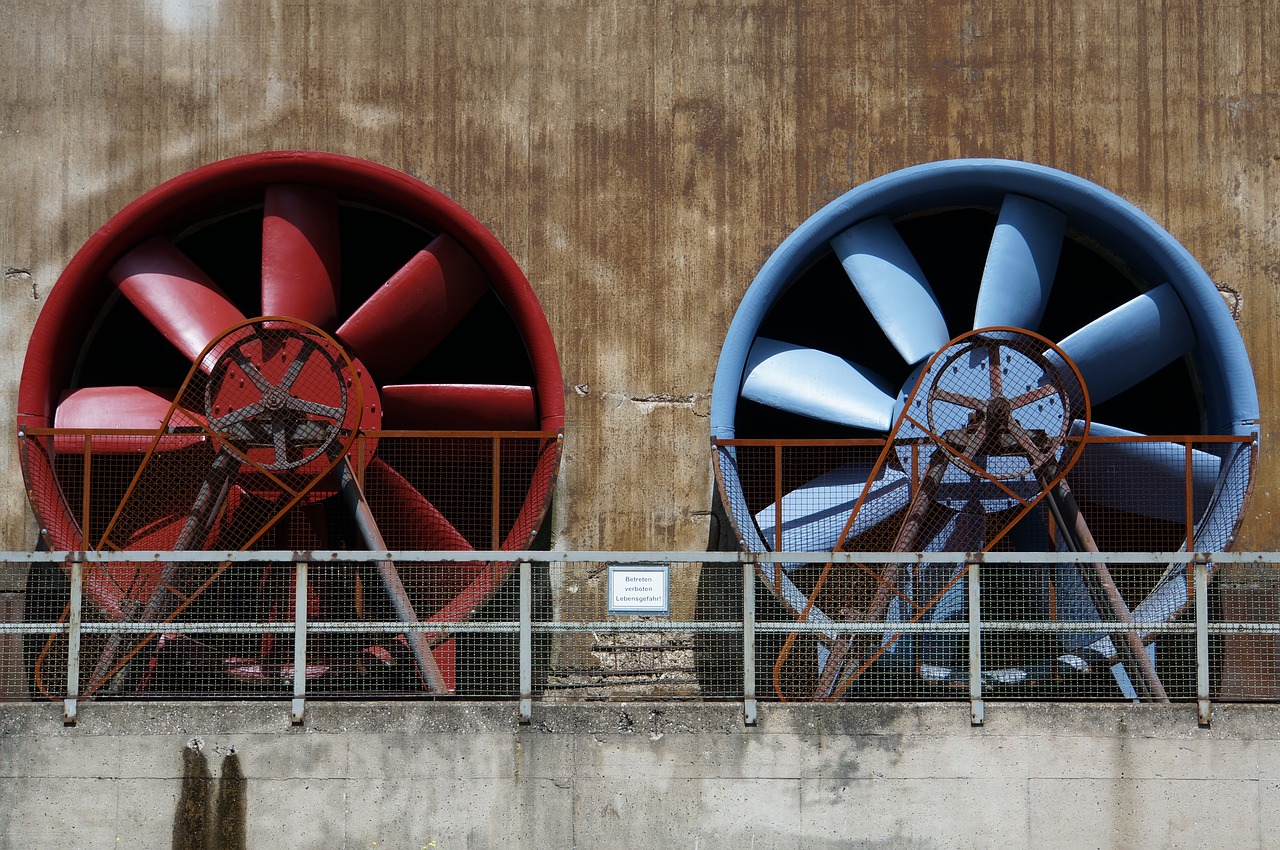If your home is poorly ventilated, you may find that it experiences conditions like mould, damp and condensation. Not only is this a pain to deal with as a homeowner, but it can also lead to respiratory problems like asthma. Asthma is especially common in young children, and as the indoor air quality of most homes continues to get worse, this condition continues to be on the increase. A Nuaire MVHR system can help to improve ventilation in the home and help to prevent asthma from occurring.
Indoor Air Quality and Asthma

Studies have revealed that mould could be responsible for triggering the symptoms of asthma, much more than any other allergen like pet hair or pollen. Other studies have found that children who live in damp homes are more susceptible to asthma than children who live in well-ventilated properties. Due to this, it is clear that there is a distinct connection between indoor air quality and asthma.
In addition to asthma, mould and damp can also cause other conditions, such as bronchitis, allergies, and even lung disease. Black mould, in particular, has been linked with a number of dangerous respiratory conditions. It’s also important to note that while a mould is bad for us, in any amount, it can also exacerbate the symptoms of those who already suffer from respiratory disease. It is therefore important to ensure homes are well ventilated to not only prevent these conditions from occurring but to minimize the symptoms in current sufferers.
How Heat Recovery Systems Can Help

Heat recovery systems are among the most effective ventilation systems on the market today. They work by extracting contaminated air from a room and replacing it with fresh, non-contaminated air, which has been filtered and pre-warmed. As the air is continually being moved around by the system, homes that have a recovery system installed receive similar benefits to properties that keep the windows open. Obviously, this is something that any homeowner can do during the summer months, but during the winter it is usually too cold to do this, and this is when most homes start to experience the onset of mould and damp.
Other Methods of Ventilation

There are other methods of ventilation that you can employ too, many of which work well in combination with home heat recovery systems. Installing extractor fans in rooms like the kitchen and the bathroom is a good idea, for example, as these can help to remove hot, humid air which often leads to damp when left unattended. You could also look into buying a positive ventilation unit, which will also remove excess damp and moisture from the air and ensure a steady flow of uncontaminated air. Standard fans are perhaps one of the cheaper options you could employ too, although they don’t have the same beneficial qualities as heat recovery systems.
If someone you love is suffering from asthma, it’s important to ensure your home is well ventilated. A heat recovery system could be the ideal solution.



